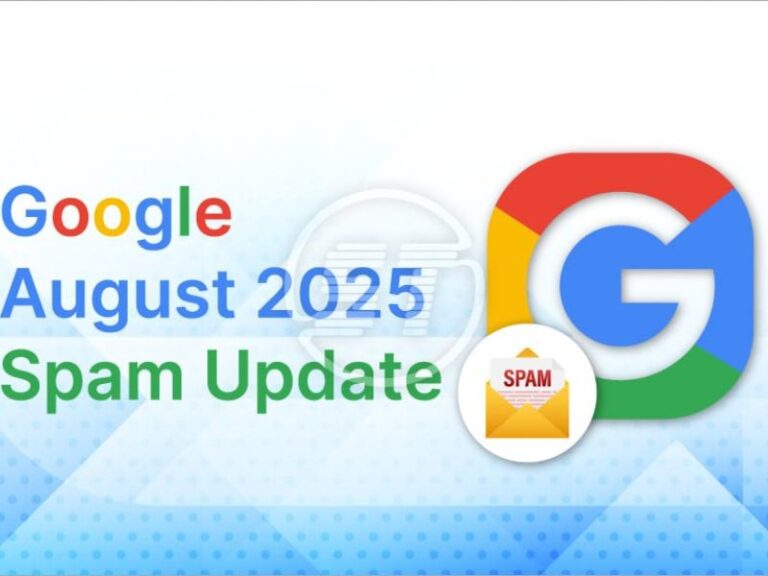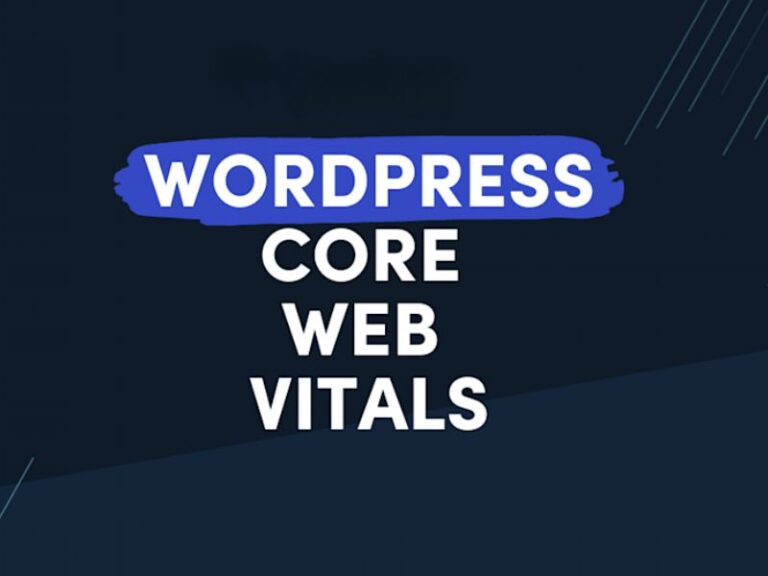Introduction: The Rollercoaster of a Google Core Update
If you’ve been in the SEO game for more than a few months, you already know the feeling: one morning you check your analytics, and traffic has either skyrocketed or taken a gut-wrenching plunge. That’s often the result of a Google core update—a broad change in Google’s search algorithm that can dramatically shift website rankings.
Unlike smaller updates, a Google core update is not about fixing spammy tricks or targeting one type of site. Instead, it’s a recalibration of how Google evaluates overall quality, relevance, and trustworthiness.
In this guide, we’ll dive into exactly how to recover from a Google core update, step by step—without panicking or throwing out everything you’ve worked for.
What Is a Google Core Update?
A Google core update is a major adjustment to Google’s main search algorithm, rolled out a few times each year. Its primary goal is to improve how search results match user intent.
Key Characteristics:
-
Broad in Scope: Impacts multiple industries, niches, and content types.
-
Quality-Focused: Rewards high-quality, authoritative, and helpful content.
-
Unpredictable Effects: Your site might gain traffic, lose traffic, or remain stable.
-
No Specific “Fix”: Google itself says you can’t “repair” a drop instantly; instead, you must improve overall quality.
Example:
-
In the March 2024 Google core update, several health and finance sites lost rankings due to thin content and lack of E-A-T (Expertise, Authoritativeness, Trustworthiness).
-
On the flip side, websites with deep, well-researched, user-focused articles saw ranking boosts.
Step 1: Don’t Panic — Analyze the Situation
When a Google core update hits, emotions can run high. Your first step? Breathe. Reacting too quickly can cause more harm than good.
How to Assess the Impact:
-
Check Your Analytics: Compare traffic before and after the update rollout.
-
Use Google Search Console: Look for keyword position drops, indexing issues, or crawl errors.
-
Identify Patterns: Did you lose traffic sitewide or only in certain categories?
Pro Tip: Wait at least two weeks before making major changes—core updates often take time to fully roll out.
Step 2: Understand Google’s Intent Behind the Update
Every Google core update has an underlying goal—often linked to improving searcher satisfaction.
Common Focus Areas:
-
Content Relevance: Does your page truly satisfy the searcher’s query?
-
E-A-T: Do you demonstrate expertise, authority, and trust?
-
User Experience: Is your site fast, mobile-friendly, and easy to navigate?
Example:
If you lost rankings for health-related content, check if your articles have medical expert authorship and cite trustworthy sources like Mayo Clinic or WHO.
Step 3: Audit Your Content (Be Ruthlessly Honest)
A thorough content audit can reveal exactly why Google may have reduced your visibility.
Checklist for a Content Audit:
-
Is It Original? Avoid duplicate or heavily paraphrased material.
-
Is It Comprehensive? Does it fully answer the user’s question?
-
Is It Up-to-Date? Outdated facts can hurt trust.
-
Does It Add Value? Or is it a rehash of what’s already online?
Pro Tip: Use tools like SurferSEO, Clearscope, or Ahrefs to benchmark your content against top-ranking competitors.
Step 4: Improve E-A-T (Expertise, Authoritativeness, Trustworthiness)
Google has been loud and clear: sites that demonstrate E-A-T tend to fare better after a Google core update.
How to Boost E-A-T:
-
Add Author Bios: Highlight credentials and professional experience.
-
Cite Reputable Sources: Link to research papers, government data, or recognized experts.
-
Get Backlinks from Trusted Sites: Quality > Quantity.
-
Be Transparent: Show clear contact info, privacy policy, and editorial guidelines.
Step 5: Match Content to Search Intent
Search intent is king in the eyes of a Google core update.
Types of Search Intent:
-
Informational: User wants knowledge (e.g., “how to plant tomatoes”).
-
Transactional: User wants to buy (e.g., “best laptop under $1000”).
-
Navigational: User wants a specific site (e.g., “LinkedIn login”).
Example:
If you’re targeting “best budget smartphones,” your page should not just list phones—it should provide comparisons, reviews, and clear CTAs to purchase.
Step 6: Improve User Experience (UX)
UX has become a ranking factor, especially after updates like Page Experience and Helpful Content.
Areas to Focus On:
-
Page Speed: Use Google PageSpeed Insights to improve load time.
-
Mobile Responsiveness: Ensure layouts adapt to all devices.
-
Clean Navigation: Reduce clicks needed to find information.
-
Visual Elements: Use images, videos, and infographics to improve engagement.
Step 7: Strengthen Your Internal Linking Strategy
After a Google core update, stronger site structure can help Google better understand your content.
Internal Linking Best Practices:
-
Link related articles to each other.
-
Use descriptive anchor text.
-
Prioritize high-value pages in your linking hierarchy.
Step 8: Refresh & Update Old Content
Google loves freshness—especially after a core update.
Steps to Refresh Content:
-
Update statistics and references.
-
Add new sections or FAQs.
-
Replace low-quality images.
-
Improve formatting for readability.
Step 9: Monitor Competitors Who Gained Rankings
A Google core update redistributes visibility. If you lost, someone else gained.
What to Look For:
-
How do their titles and meta descriptions compare?
-
Are they covering the topic more comprehensively?
-
Do they have better multimedia usage?
Step 10: Build High-Quality Backlinks
Strong backlinks remain a ranking powerhouse, even in the age of AI-driven updates.
Tips:
-
Guest post on reputable sites.
-
Collaborate on industry research.
-
Create shareable assets like infographics or tools.
Step 11: Wait, Measure, and Adjust
Recovery from a Google core update doesn’t happen overnight. It often takes weeks or even months for improvements to be reflected in rankings.
Pro Tip: Set realistic expectations. Focus on long-term quality rather than quick fixes.
Real-Life Example: Recovery in Action
A financial advice blog saw a 40% traffic drop after a Google core update.
What They Did:
-
Added certified financial planners as co-authors.
-
Updated outdated investment articles with current laws and tax rates.
-
Improved site speed by 35%.
-
Built partnerships with finance podcasts for backlinks.
Result:
Within four months, traffic returned to pre-update levels—and eventually grew by 15%.
Key Takeaways
-
Don’t panic—analyze before acting.
-
Audit your content for originality, depth, and trustworthiness.
-
Boost E-A-T by showcasing expertise and citing reputable sources.
-
Match search intent and optimize user experience.
-
Be patient—recovery takes time and consistency.
Conclusion:
A Google core update can feel like a storm—disruptive, unpredictable, and sometimes scary. But just like seasoned sailors know how to adjust their sails, experienced website owners learn to adapt and grow stronger after each update.
By focusing on quality, trust, and user satisfaction, you’ll not only recover—you’ll future-proof your site for whatever algorithm waves come next.



